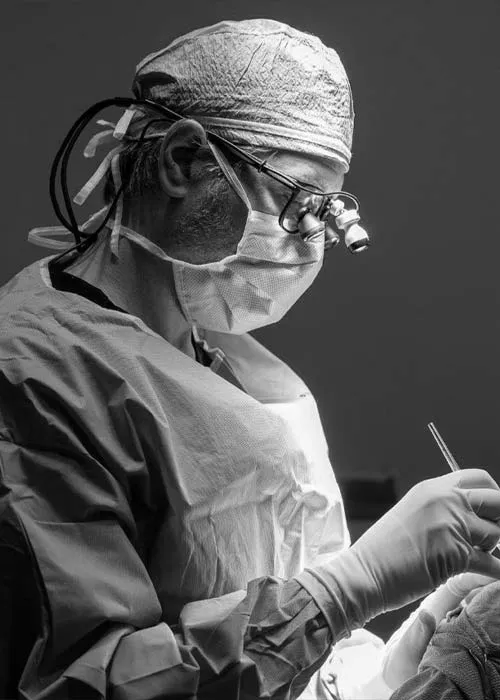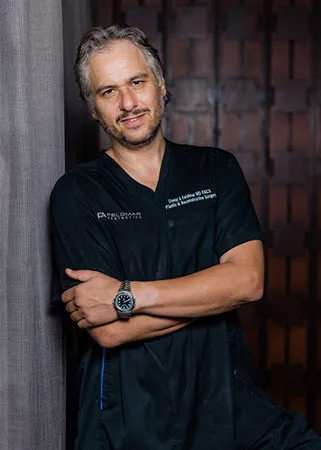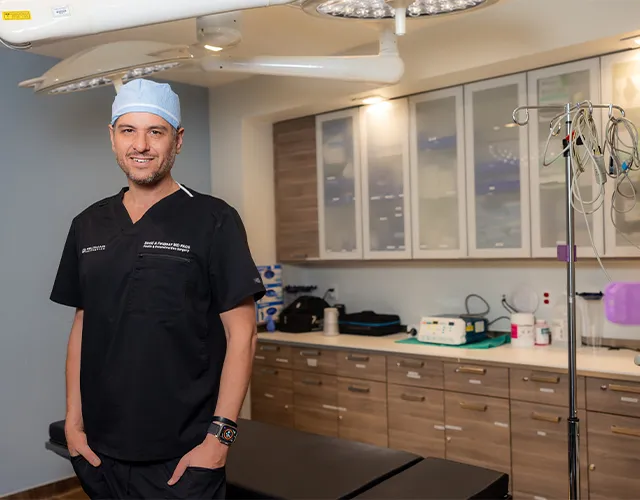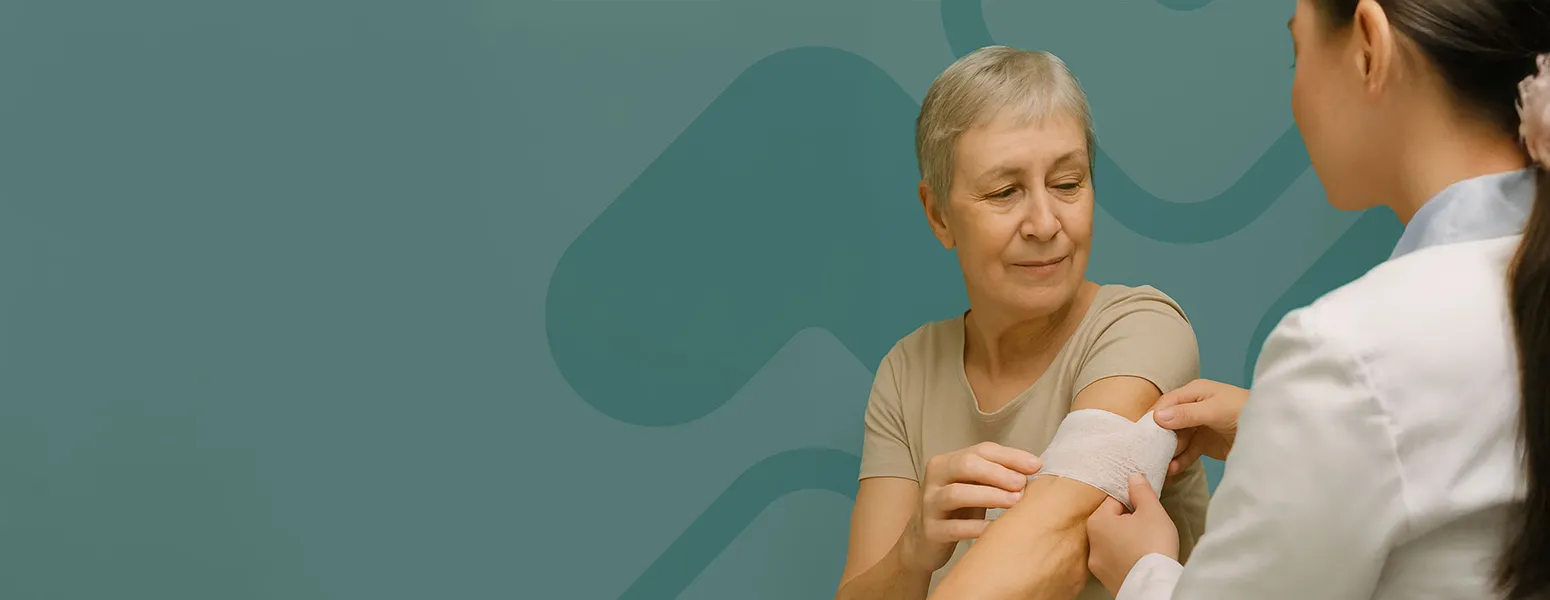


Surgical wounds are usually meant to heal on their own, but infections can occur at the surgical incision and opening of the sutures. The office will work closely with the surgeons that patients are using and work toward a quick closure of these surgical wounds.
After surgery, a wound can become infected and often the incision will open. When treating these, the infected tissue will be removed surgically and frequently the office will apply the Wound VAC device over the incision, actively draining the wound.
Proper wound care helps prevent infection, encourages healing, and minimizes scarring. Follow these simple steps to safely clean and redress your wound at home.
Complex foot wounds are usually considered to be those with bone exposure. These types of wounds will often require the use of a muscle flap or free flap with a skin graft.
For example, a gangrenous foot would be managed with surgical excision of the dead tissues, an ultrasound debridement, and the placement of the Wound VAC device over the bones. This helps to form healthy granulation tissue. A skin graft using a skin substitute will also be required with this type of wound.
Dr. David Feldmar is a double board-certified surgeon in General and Cosmetic Surgery with a specialized focus in wound care. Known for his meticulous technique and compassionate approach, Dr. Feldmar leads a skilled team dedicated to treating complex, chronic, and post-surgical wounds. From managing diabetic ulcers and burns to performing advanced closures and graft procedures, his goal is to promote healing, prevent complications, and restore quality of life for every patient.
Whether at home or in a facility, Dr. Feldmar delivers expert wound care where it’s needed most—with a personalized, patient-first philosophy.






Our team delivers advanced wound care with surgical precision and a human touch—because healing is more than skin deep.
